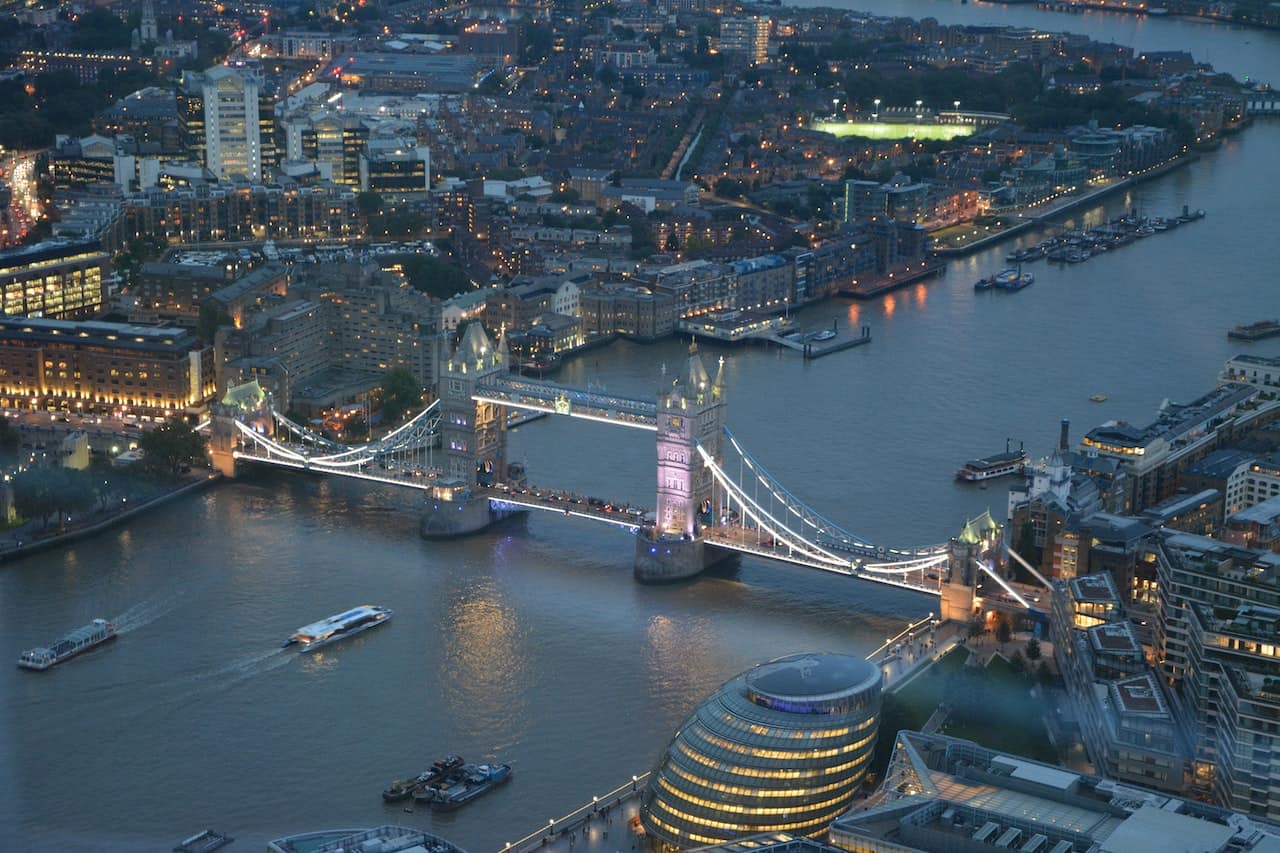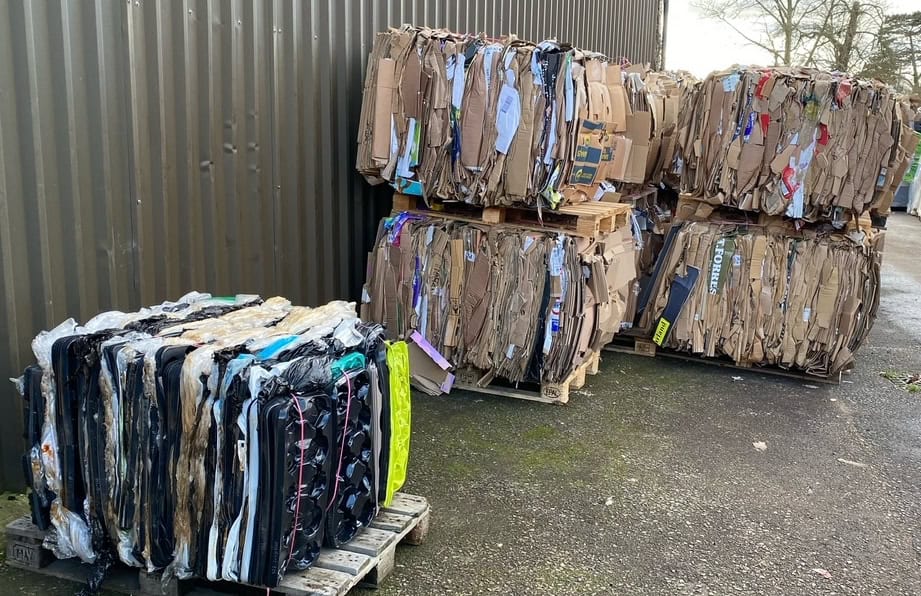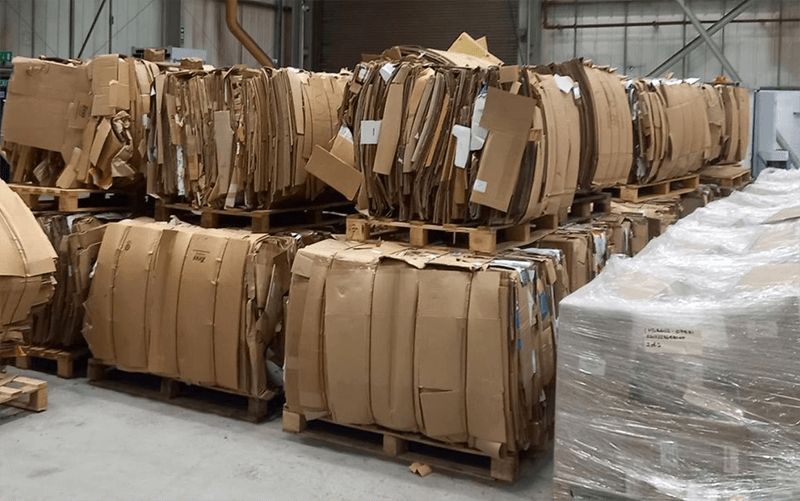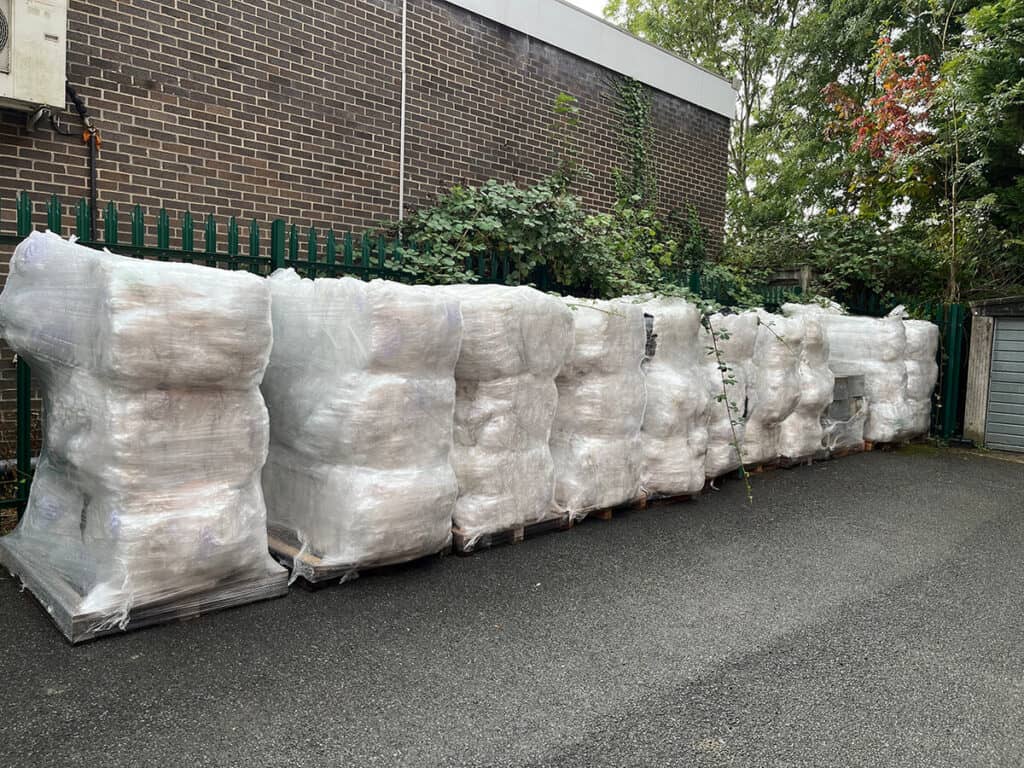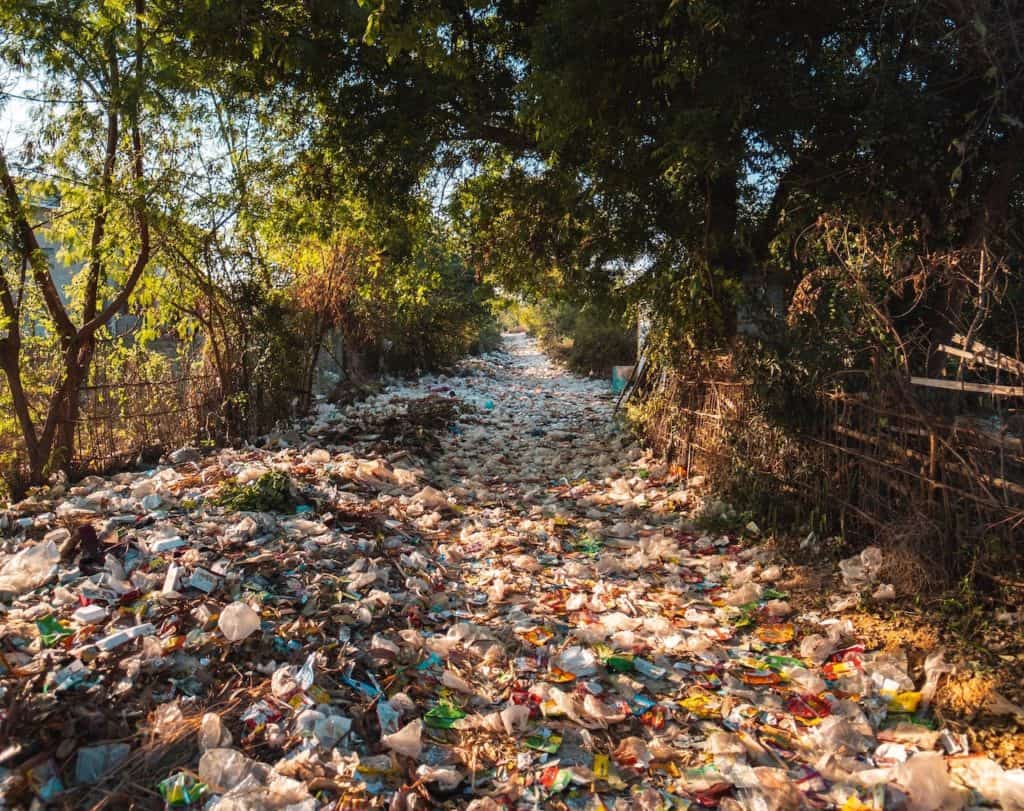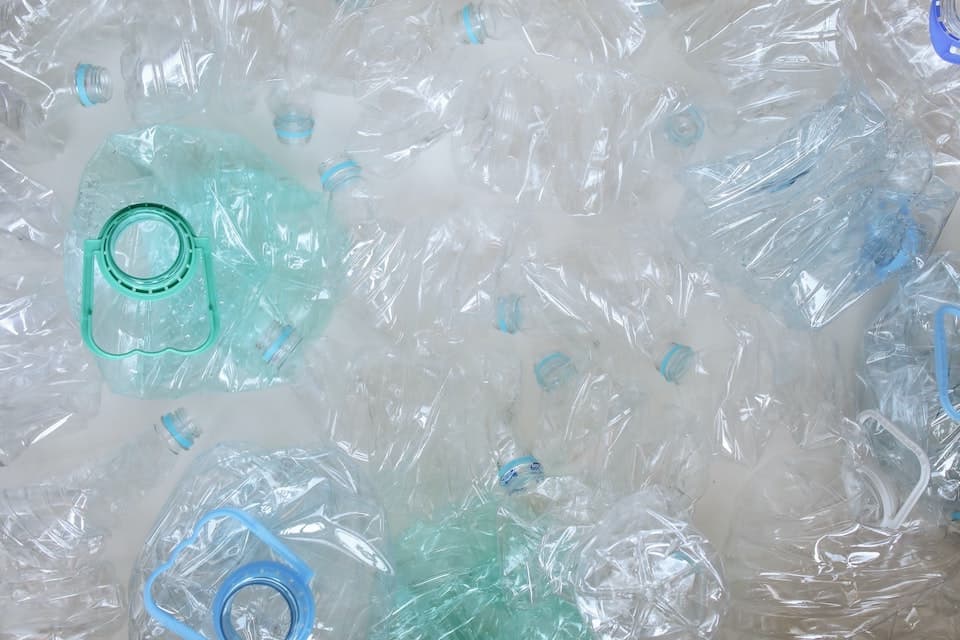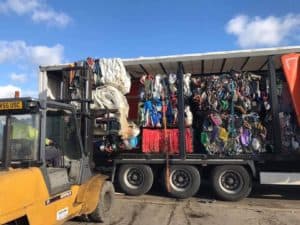Key Takeaways for Recycling In London
- Recycling is sent to MRFs in the UK and other countries for manufacturing into new products.
- In the 1970s, the first recognised recycling plants in the UK were established, including the first bottle bank in 1977.
- By 2026 no biodegradable or recyclable waste will be sent to landfill, and by 2030, 65% of London’s municipal waste will be recycled.
How Does Recycling In London Work?
As London is one of the largest cities in the world, the amount of waste generated in London is significant. Whilst households are provided with recycling bins for materials, businesses may use private waste management companies and collections.
The city’s waste collection services are managed by the local borough councils. These councils are responsible for providing waste collection services to households and businesses within their respective boroughs. Waste collection in London is carried out through a combination of weekly kerbside collections, communal bins, and recycling centres.
What Happens To Recycling In London?
There are a few MRFs (Materials Recovery Facilities) within London. An MRF is a specialised plant where recyclable materials are processed and prepared for reintroduction into the manufacturing stream. MRFs play a crucial role in the waste management and recycling infrastructure.
At these facilities, the waste is separated and prepared for recycling. This is complete using mechanical and manual processes. The materials can then be sold to end buyers.
Some waste and recycling collected is also sent to other countries for manufacturing into new products. This includes locations such as China, where it is introduced back into the worldwide market.
The History of Recycling in London
Recycling started in the UK in the early years of the 20th century. When looking at modern recycling initiatives in London, there are a few key milestones that can be noted:
19th Century: In the Victorian era, “dustmen” collected ashes, food waste, and other household refuse. The ashes were often used as a base for roads and brick making, while food waste might be processed and used as pig feed.
1970s: The first recognised recycling plants in the UK were established, including the first bottle bank introduced in 1977. They were a significant step towards modern recycling practices. The initiative was in response to growing environmental concerns and the realisation of the value of recyclable materials.
2000s: Local councils in London, like in many parts of the UK, began offering kerbside recycling collections. By the early 21st century, it became commonplace for London households to have separate bins for recyclables and non-recyclables.
London Recycling Statistics 2023
- By 2026 no biodegradable or recyclable waste will be sent to landfill, and by 2030, 65% of London’s municipal waste will be recycled.
- Around 7m tonnes of waste is produced each year from our homes, public buildings and businesses.
- In London, 12 boroughs both collect and dispose of waste, known as unitary authorities.
- Local authorities in London collected 38,000 metric tons of waste to be sent to landfills in the year ended March 31, 2022.
- In April 2022 to March 2023 the Partner boroughs produced the lowest annual amount of residual waste tonnage since 2010 (Croydon, Kingston, Merton and Sutton.)
How Your Business Can Recycle More
To boost recycling rates, businesses can implement comprehensive waste audits, ensuring that recyclable materials aren’t carelessly discarded with general waste. By providing clearly labelled bins and regular employee training, you can foster a culture of environmental consciousness.
Partnering with recycling initiatives and leveraging technology to track waste can also enhance recycling efforts. Lastly, publicising your commitment to recycling not only garners positive public perception but also inspires other businesses and individuals in the city.

